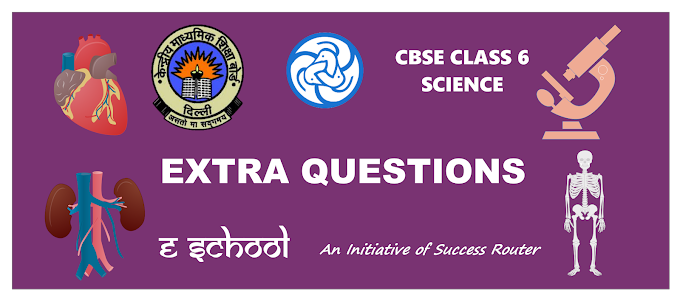Here we have given NCERT Solutions for Class 6 Maths Chapter 14 Practical Geometry Ex 14.1.
- Practical Geometry Class 6 Ex 14.2
- Practical Geometry Class 6 Ex 14.3
- Practical Geometry Class 6 Ex 14.4
- Practical Geometry Class 6 Ex 14.5
- Practical Geometry Class 6 Ex 14.6
| Board | CBSE |
| Textbook | NCERT |
| Class | Class 6 |
| Subject | Maths |
| Chapter | Chapter 14 |
| Chapter Name | Practical Geometry |
| Exercise | Ex 14.1, Ex 14.2, Ex 14.3, Ex 14.4, Ex 14.5, Ex 14.6 |
| Number of Questions Solved | 30 |
| Category | NCERT Solutions |
NCERT Solutions for Class 6 Maths Chapter 14 Practical Geometry Ex 14.1
Chapter 14 Practical Geometry Exercise 14.1
Ex 14.1 Class 6 Maths Question 1.
Draw a circle of radius 3.2 cm.
Solution:
Steps of Construction:
- Mark a point 0 on the paper.
- Open the compasses for the required radius 3.2 cm.

- Keep the steel end of the compasses fixed at the point O and rotate the pencil end at 3.2 cm distance from O till it returns to the starting point P.
Then, the figure so obtained is the required circle.
Ex 14.1 Class 6 Maths Question 2.
With the same centre O, draw two circles of radii 4 cm and 2.5 cm.
Solution:
Steps of Construction:
- Mark a point 0 on the paper.
- Open the compasses for the radii 4 cm/2.5 cm (tumwise).

- Keep the steel end of the compasses fixed at the point 0 and rotate the pencil end at 4 cm/2.5 cm (turnwise)distance from O till it returns to their starting points respectively.
The circles obtained are the required circles.
Note: Circles with the same centre are called concentric circles.
Ex 14.1 Class 6 Maths Question 3.
Draw a circle and any two ofits diameters. If you join the ends of these diameters, what is the figure obtained? What figure is obtained if the diameters are perpendicular to each other? How do you check your answer?
Solution:
Steps of Construction:
- Draw a circle with O as centre of any radius.
- Draw any two diameters AOB and COD.

- Join AC, CB, BD and DA.
Clearly, the figure ACBD is a rectangle.
When the diameter AOB and COD are perpendicular to each other:
Then, figure obtained on joining AC, CB, BD and DA is a square ACBD.
Ex 14.1 Class 6 Maths Question 4.
Draw any circle and mark points A, B and C such that:
(a) A is on the circle.
(b) B is in the interior of the circle.
(c) C is in the exterior of the circle.
Solution:
Steps of Construction: 1. Draw a circle with O as centre of any radius.
1. Draw a circle with O as centre of any radius.
2. Mark point
(a) A on the circle,
(b) B in the interior of the circle, and
(c) C in the exterior of the circle.
Ex 14.1 Class 6 Maths Question 5.
Let A, B be the centres of two circles of equal radii; draw them so that each one of them passes through the centre of the other. Let them intersect at C and D.
Examine whether AB and CD are at right angles.
Solution:
Steps of Construction:
- Mark points A and Bona paper such that AB = radii (i.e., 3 cm, say).

- With A as centre draw a circle of any radius (say, 3 cm).
- With B as centre draw a circle of radius 3 cm as shown.
- Let these circles intersect at C and D.
Clearly, on measuring we find ∠AMC = 90°, so AB ⊥ CD.
We hope the NCERT Solutions for Class 6 Maths Chapter 14 Practical Geometry Ex 14.1 help you. If you have any query regarding NCERT Solutions for Class 6 Maths Chapter 14 Practical Geometry Ex 14.1, drop a comment below and we will get back to you at the earliest.


0 Comments